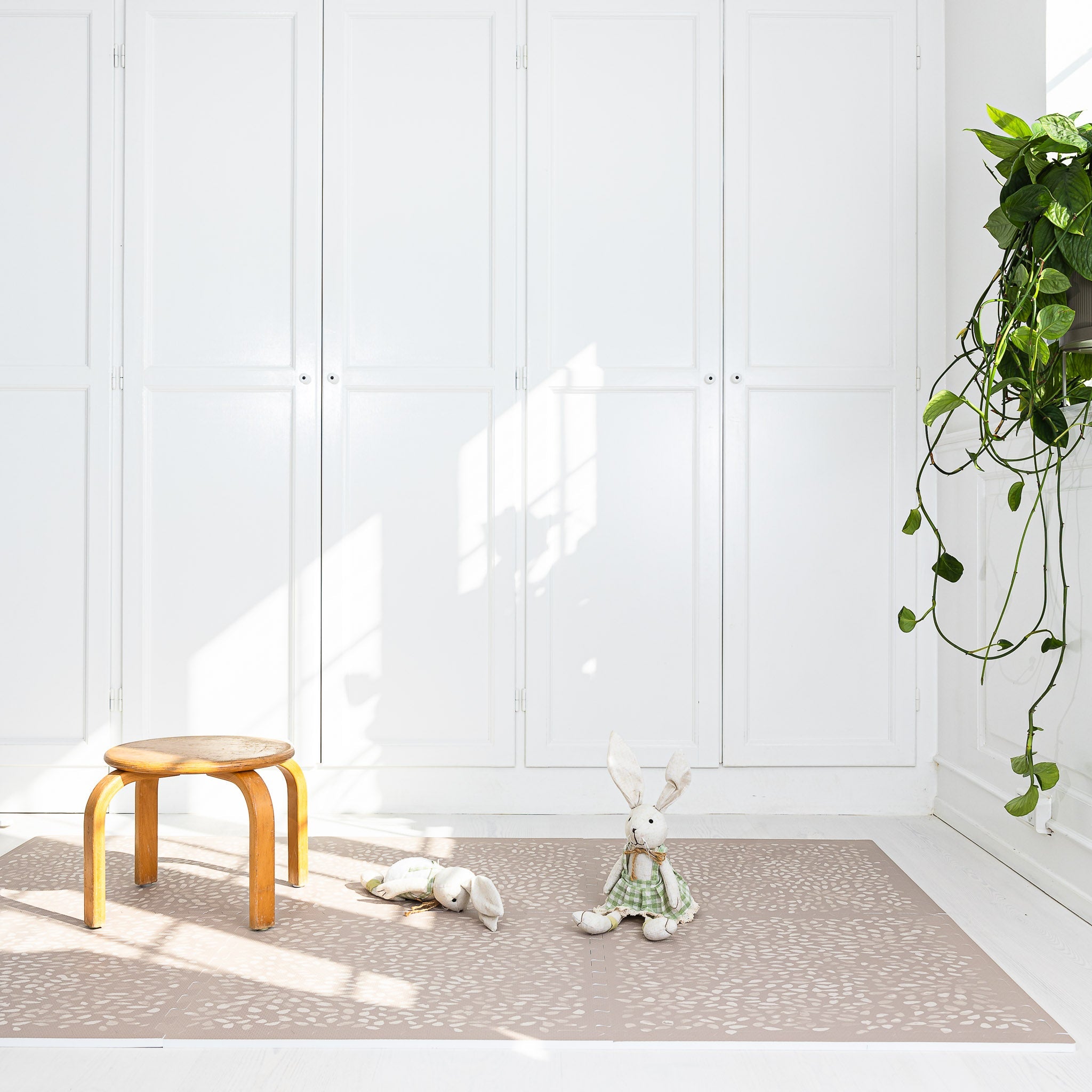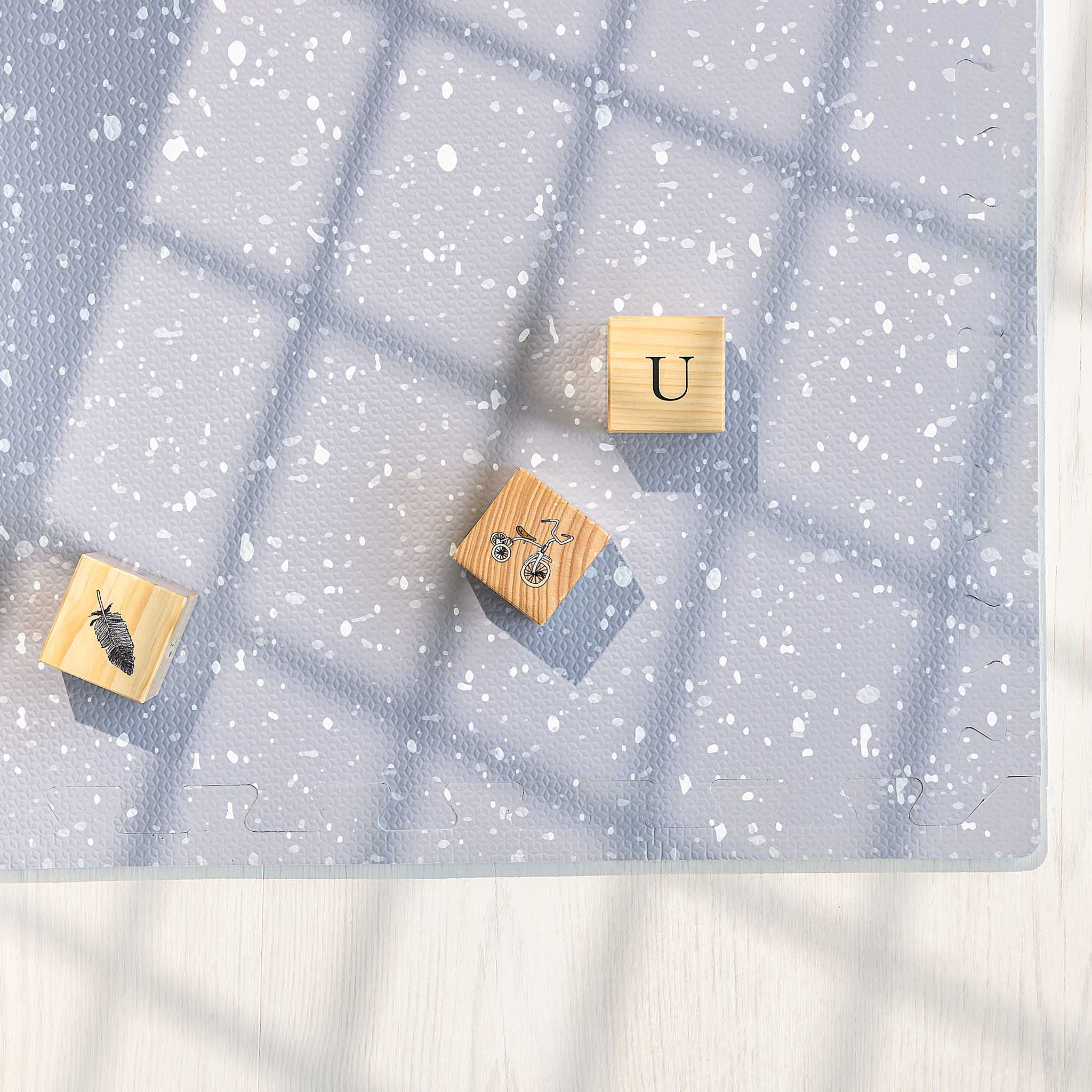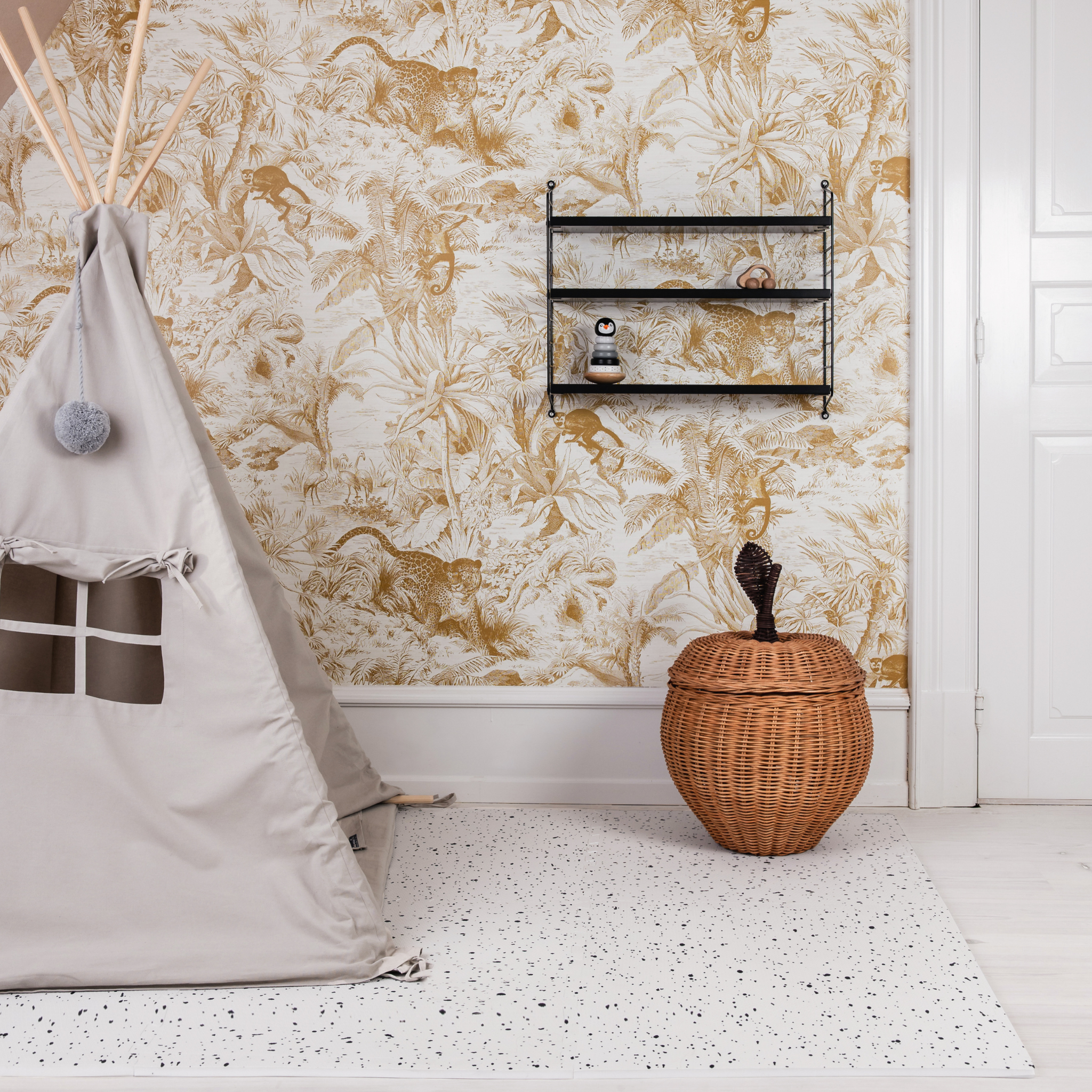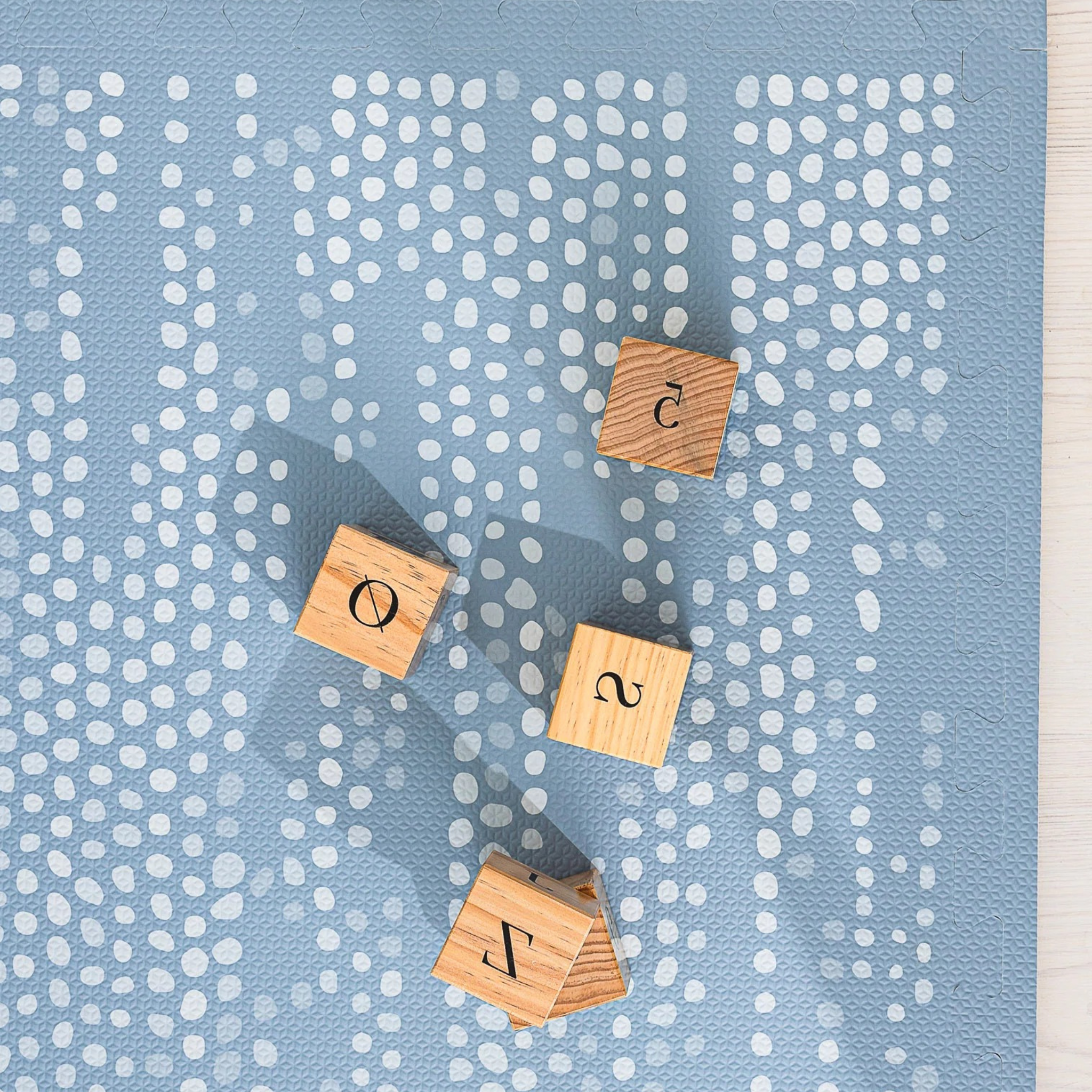When designing a nursery, every parent wants to create a tranquil space that stimulates their baby's development while remaining functional and stylish. One often overlooked aspect in this process is spatial awareness – the understanding of how items in a space relate to one another. By integrating spatial awareness into your design process, you ensure the nursery isn't just aesthetically pleasing but also navigable and nurturing. Here's how to blend spatial awareness with harmonious elements for the ideal nursery:
1. Understand the Space:
Begin with a clear understanding of the nursery's size and shape. Whether you have a spacious room or a cozy corner, recognize its potential and limitations. The key is to avoid overcrowding. For smaller nurseries, consider multi-functional furniture like cribs with attached drawers or changing tables with storage underneath.
2. Anchor with a Focal Point:
Every room benefits from a focal point, and nurseries are no exception. Whether it's a beautifully crafted crib, a vibrant wall mural, or a whimsical light fixture, ensure it captures attention without overpowering the room. The focal point should draw the eye but also allow it to travel effortlessly around the space, appreciating every well-thought-out detail.
3. Harmonize with Colors:
While it's tempting to drench the nursery in pastels or primary colors, consider a more nuanced palette. Soft neutrals can make the space feel larger and provide a calming atmosphere. Introduce color through accents like throw pillows, rugs, or art. The harmony in color palette ensures the room feels cohesive, not chaotic.
4. Integrate Sensory Elements:
Spatial awareness isn't just about the placement of furniture; it's also about how the environment feels. Combine different textures such as soft rugs, smooth wooden furniture, and plush toys. These diverse tactile experiences are not only comforting but also aid in your baby's sensory development.
5. Prioritize Mobility and Safety:
With the constant need for diaper changes, feedings, and soothing sessions, easy navigation is essential. Ensure there's enough space to move between the main furniture pieces comfortably. Invest in rounded, child-safe furniture and secure heavy items to prevent tipping. A nursery designed with spatial awareness prioritizes both comfort and safety.
6. Flexible Storage Solutions:
Babies come with a plethora of items – from diapers to toys. Harmonious storage solutions like matching baskets, under-crib drawers, and wall-mounted shelves can seamlessly integrate storage without compromising on space. Remember, an organized room is a room where every item has its dedicated space.
7. Light It Right:
Lighting plays a pivotal role in setting the mood. Soft, ambient lighting is ideal for nighttime feedings and changes, while natural light during the day can invigorate and inspire. Use light-filtering curtains that allow the room to bask in daylight but can be thickened for nap times.
8. Incorporate Nature:
Natural elements have a grounding effect on any space. Whether it's a potted plant, wooden toys, or nature-inspired decor, these elements introduce a serene, organic feel to the nursery.
Conclusion:
Crafting a nursery that's both functional and beautiful requires a blend of spatial awareness and harmonious design elements. By considering the room's flow, optimizing storage, and selecting cohesive decor, you create a haven where your child can grow, play, and dream. Remember, the nursery isn't just a room – it's the beginning of your child's journey in the world. Design it with love, attention, and awareness.








